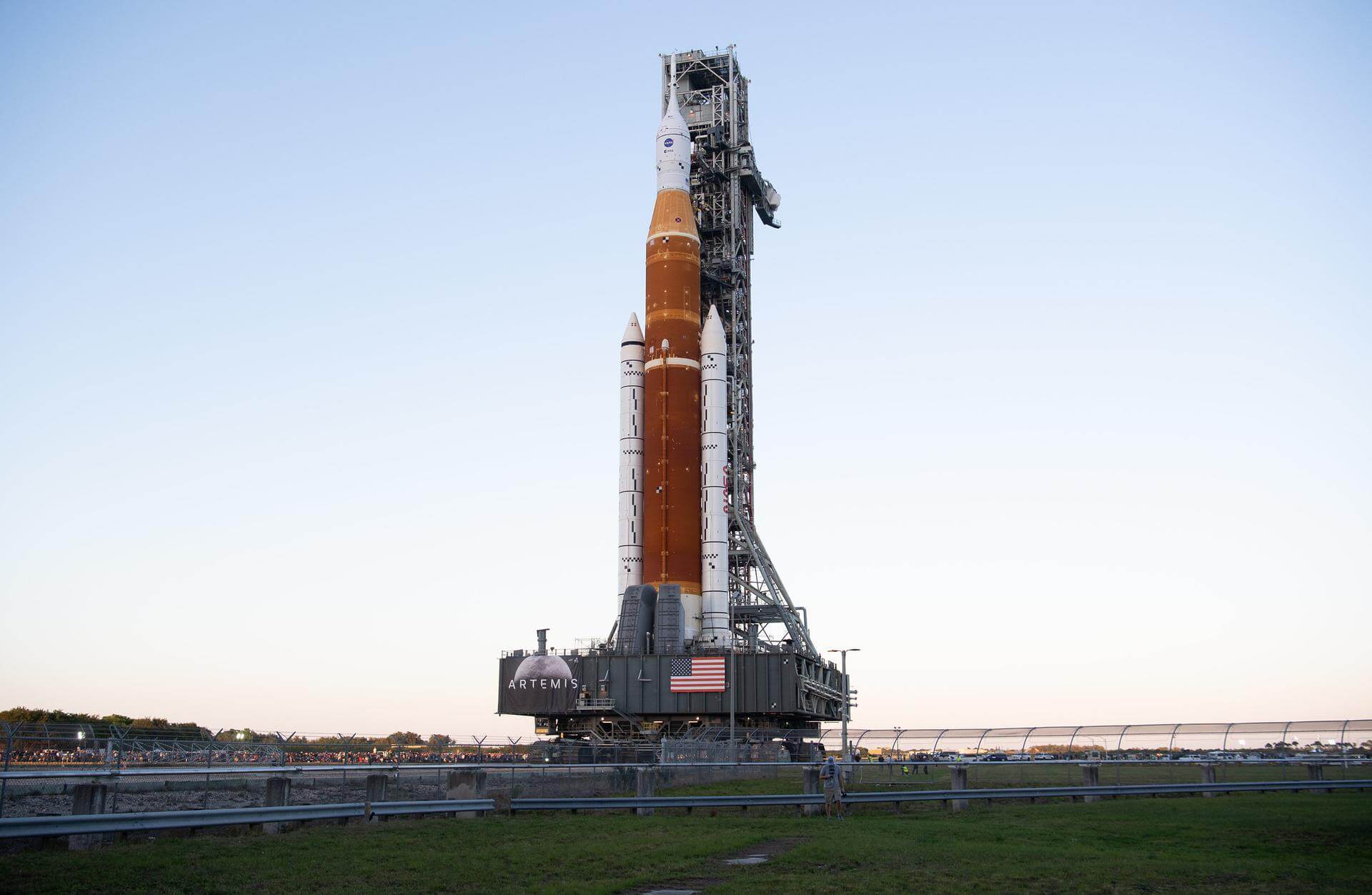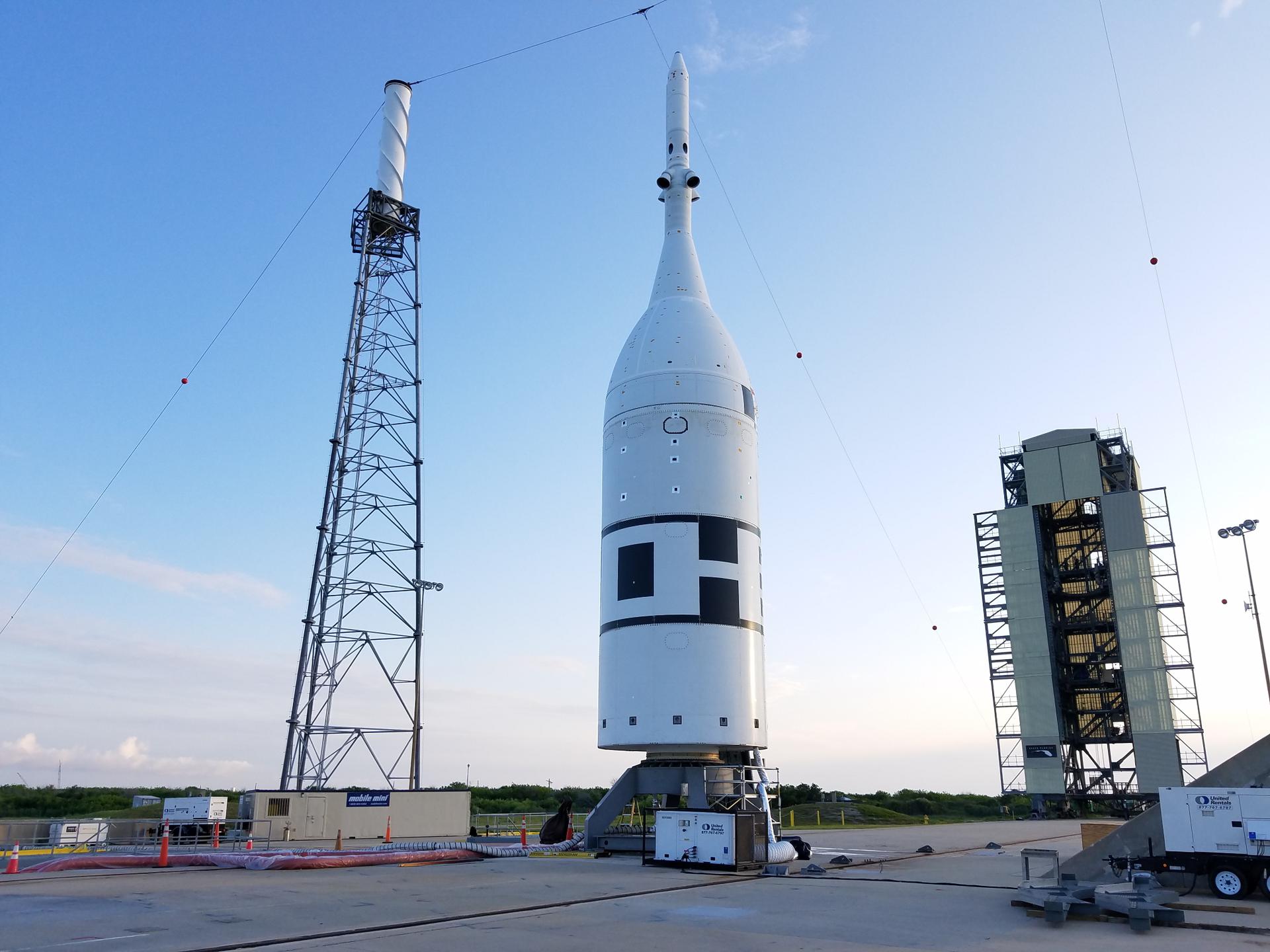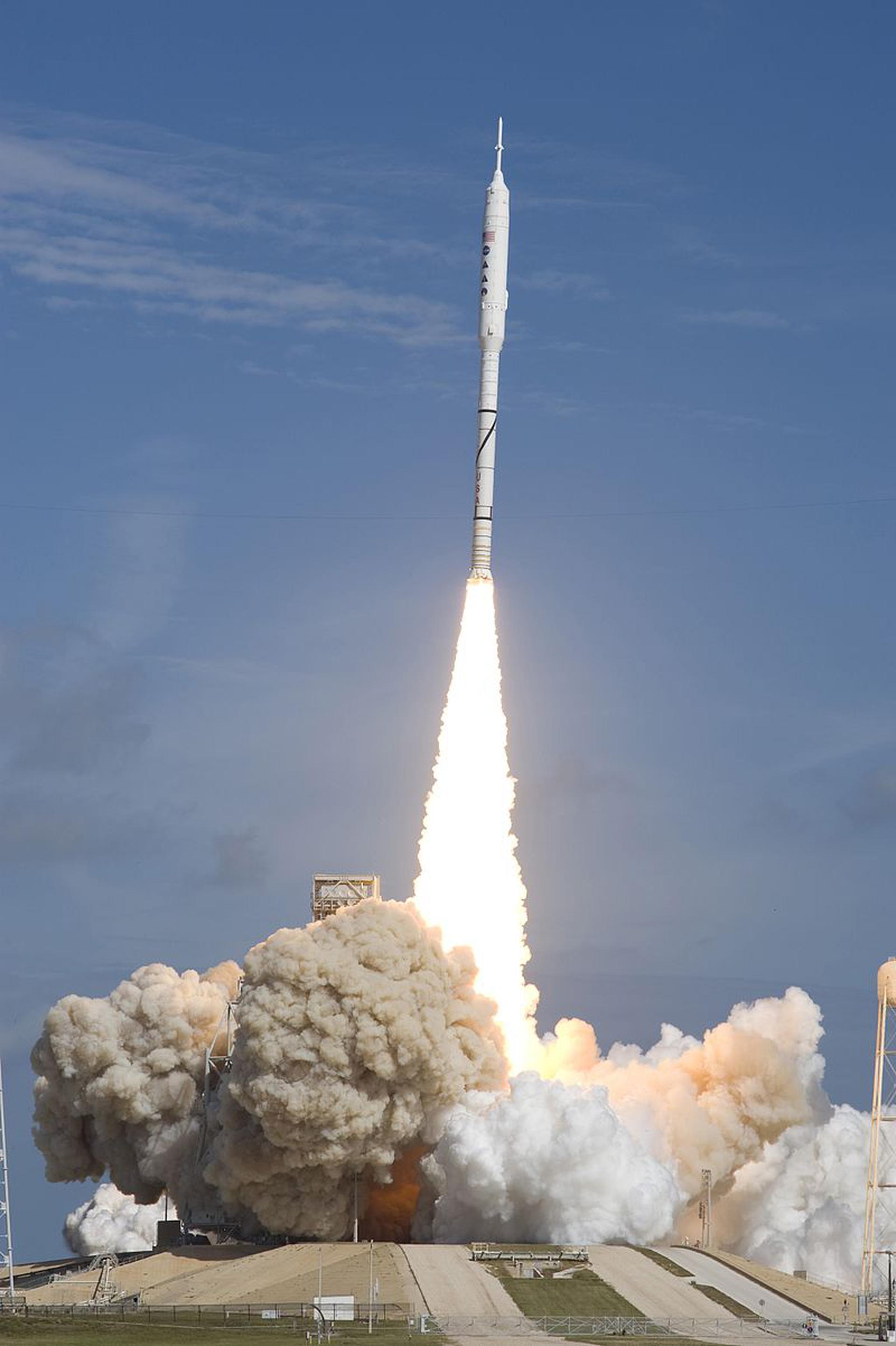Previous Spaceflight Launches
Filter by Agency, Locations or Vehicles
Show All LaunchesSLS Block 1 | Artemis I
National Aeronautics and Space Administration | United States of AmericaKennedy Space Center, FL, USA
Nov. 16, 2022, 6:47 a.m.
Orion Test Booster | Ascent Abort-2
National Aeronautics and Space Administration | United States of AmericaCape Canaveral SFS, FL, USA
July 2, 2019, 11 a.m.
Space Shuttle Atlantis / OV-104 | STS-135
National Aeronautics and Space Administration | United States of AmericaKennedy Space Center, FL, USA
July 8, 2011, 3:29 p.m.
Status: Launch Successful
Mission:
STS-135 delivered supplies and equipment to provision the space station through 2012, and is the final mission of the American Space Shuttle program. Payload included the Multi-Purpose Logistics Module (MPLM) Raffaello and the Lightweight Multi-Purpose Carrier (LMC)
Low Earth OrbitSpace Shuttle Endeavour / OV-105 | STS-134
National Aeronautics and Space Administration | United States of AmericaKennedy Space Center, FL, USA
May 16, 2011, 12:56 p.m.
Space Shuttle Discovery / OV-103 | STS-133
National Aeronautics and Space Administration | United States of AmericaKennedy Space Center, FL, USA
Feb. 24, 2011, 9:53 p.m.
Status: Launch Successful
Mission:
STS-133 was an ISS assembly flight. Payload included the Permanent Multipurpose Module Leonardo, which was left permanently docked to one of the station's ports. The shuttle also carried the third of four ExPRESS Logistics Carriers to the ISS, as well as a humanoid robot called Robonaut.
Low Earth OrbitSpace Shuttle Atlantis / OV-104 | STS-132
National Aeronautics and Space Administration | United States of AmericaKennedy Space Center, FL, USA
May 14, 2010, 6:20 p.m.
Status: Launch Successful
Mission:
STS-132 was the second to last flight of Atlantis and an ISS assembly flight with the primary payload being the Russian Rassvet Mini-Research Module. The flight also carried the Integrated Cargo Carrier-Vertical Light Deployable (ICC-VLD). The mission began on May 14th 2010 at 1820 UTC launching Commander Kenneth Ham, Pilot Domonic A. Antonelli, Mission Specialist 1 Garrett Reisman, Mission Specialist 2 Michael T. Good, Mission Specialist 3 Stephen G. Bowen & Mission Specialist 4 Piers Sellers to orbit. They docked with the ISS 2 days after launch. During the mission 3 spacewalks were conducted to install a spare space to ground Ku band antenna and to conduct general maintenence on the ISS. The mission concluded after 11 days & 18 hours on May 26th 2010 at 1249:18 UTC.
Low Earth OrbitSpace Shuttle Discovery / OV-103 | STS-131
National Aeronautics and Space Administration | United States of AmericaKennedy Space Center, FL, USA
April 5, 2010, 10:21 a.m.
Status: Launch Successful
Mission:
STS-131 was an ISS assembly flight with the primary payload being a loaded Multi-Purpose Logistics Module - Leonardo. The mission began on April 5th 2010 at 1021:22 UTC launching Commander Alan Poindexter, Pilot James Dutton, Mission Specialist 1 Richard Mastracchio, Mission Specialist 2 Dorothy M. Metcalf-Lindenburger, Mission Specialist 3 Stephanie Wilson, Mission Specialist 4 Naoko Yamazaki & Mission Specialist 5 Clayton Anderson to orbit. They docked with the ISS 2 days after launch. The mission was the final Space Shuttle launch with a seven person crew and was the longest flight for Discovery. STS-131 also marked the first time 4 women have been in space at once. During the mission 3 spacewalks were conducted to replace an ammonia tank and to retrieve a seed experiment from outside the Japanese laboratory. The mission concluded after 15 days & 2 hours on April 20th 2010 at 1308:35 UTC after 2 waved off landing opportunities on the 19th at the Kennedy Space Center.
Low Earth OrbitSpace Shuttle Endeavour / OV-105 | STS-130
National Aeronautics and Space Administration | United States of AmericaKennedy Space Center, FL, USA
Feb. 8, 2010, 9:14 a.m.
Status: Launch Successful
Mission:
STS-130 was an ISS assembly flight with the primary payloads being the Tranquility module and the Cupola observatory. The mission began on February 8th 2010 at 09:14 UTC launching Commander George D. Zamka, Pilot Terry Virts, Mission Specialist 1 Kathryn P. Hire, Mission Specialist 2 Stephen K. Robinson, Mission Specialist 3 Nicholas Patrick & Mission Specialist 4 Robert L. Behnken to orbit. They docked with the ISS 2 days after launch. During the mission 3 spacewalks were conducted to install the Tranquility module. On day 6, the wake-up song played to the ISS crew was "The Ballad of Serenity" by Sonny Rhodes, the theme for science fiction show Firefly, and was played for Robert Behnken. The mission concluded after 13 days & 18 hours on February 22nd 2010 at 03:22:10 UTC.
Low Earth OrbitSpace Shuttle Atlantis / OV-104 | STS-129
National Aeronautics and Space Administration | United States of AmericaKennedy Space Center, FL, USA
Nov. 16, 2009, 7:28 p.m.
Status: Launch Successful
Mission:
STS-129 (ISS assembly flight ULF3) was a NASA Space Shuttle mission to the International Space Station (ISS) flown by Atlantis. STS-129 focused on staging spare components outside the station. The 11-day flight included three spacewalks. The payload bay carried two large ExPRESS Logistics Carriers holding two spare gyroscopes, two nitrogen tank assemblies, two pump modules, an ammonia tank assembly, a spare latching end effector for the station's robotic arm, a spare trailing umbilical system for the Mobile Transporter, and a high-pressure gas tank. STS-129 was the first flight of an ExPRESS Logistics Carrier.
Low Earth OrbitAres I | Ares I-X
National Aeronautics and Space Administration | United States of AmericaKennedy Space Center, FL, USA
Sept. 28, 2009, 3:30 p.m.
Status: Launch Successful
Mission:
The Ares I-X vehicle used in the test flight was similar in shape, mass, and size to the planned configuration of later Ares I vehicles, but had largely dissimilar internal hardware consisting of only one powered stage. Ares I vehicles were intended to launch Orion crew exploration vehicles. Along with the Ares V launch system and the Altair lunar lander, Ares I and Orion were part of NASA's Constellation Program, which was developing the spacecraft for U.S. human spaceflight after the Space Shuttle fleet was retired.
Suborbital




